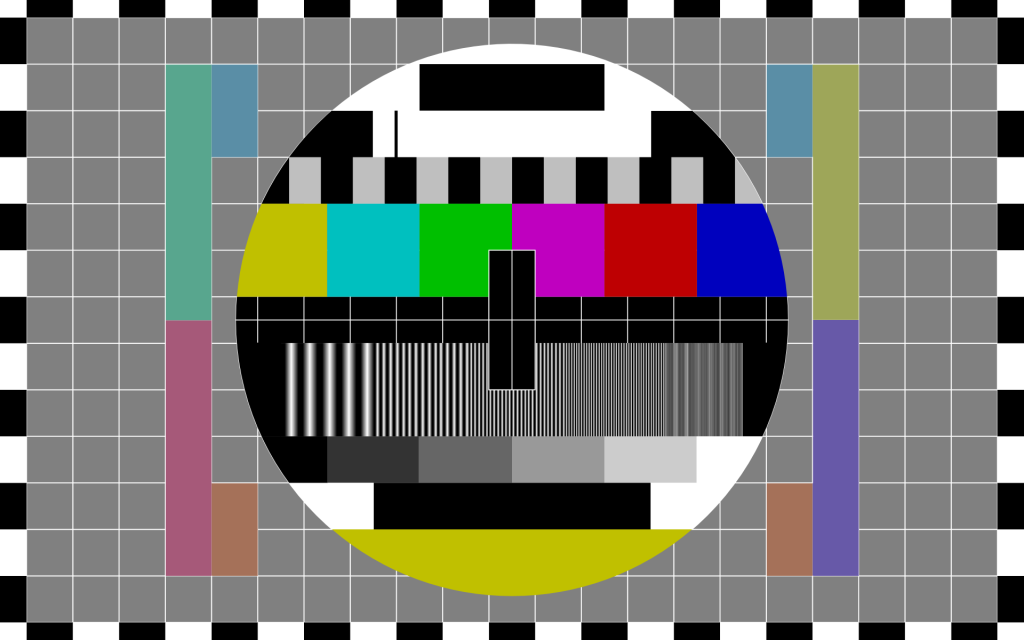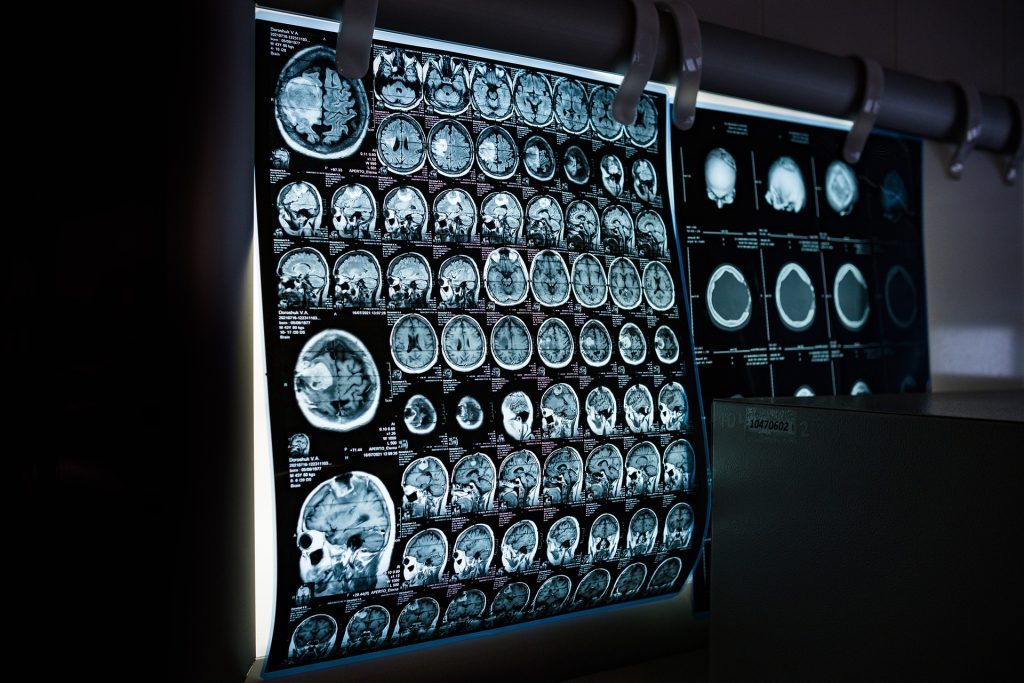
Based on the following article + my own thoughts: D08042936-with-cover-page-v2.pdf (d1wqtxts1xzle7.cloudfront.net)
It’s been a while since I’ve written about automotive software, but that does not mean that nothing happened. During the pandemic, the car manufacturers suffered great losses caused by the global shortage of silicon, lack of workforce due to lockdowns and the overall slowdown of development due to the WFH situation.
There are a few trends that shape and will continue to shape the automotive sector. The first one is electrification – as the world is going away from fossil fuels, more cars will need to use electricity. For the software part, this means that there will be fewer components to steer the powertrain, fewer communication buses, and lower complexity. This means that we have some spare computing power for more advanced functionality.
Now, this advanced functionality can come from autonomous driving, which is still an important trend. However, it may also come from increased connectivity and an increased number of smart functions (the ones using machine learning). The increased ability to develop software that utilizes this new power will decide whether a given car is popular or not. By the end of the day, the consumers do not want to have boring cars with bare-minimum functionality. Cars are great, they need to be driven and their driving needs to be fun!
The last trend is the ability to utilize cooperative driving (which the article at the top tackles). To make things work smoothly, we need to coordinate. We can save fuel/energy if we calculate the exact time for one bus to arrive and the next one to leave – that requires coordination. The same goes for trucks, taxis, etc. This increased cooperative driving will also increase the complexity of software and put more requirements on the dependability of it – as one failure can propagate longer than before.





